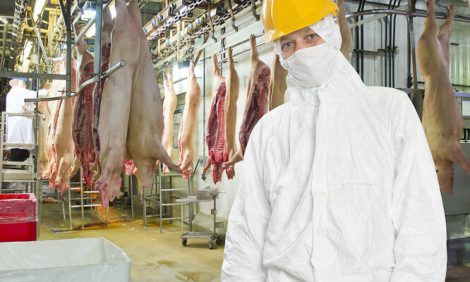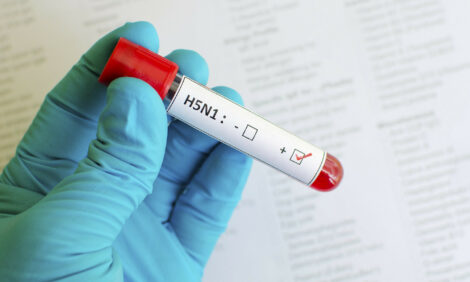



Broiler Growers Make Progress on Efficiency, Health without Antibiotics
US - In an overview of the current economic situation in the poultry industry presented at a recent conference in Chicago, Mike Donohue of AgriStats highlighted the rapid progress made in broiler growing in the years he has been involved with the industry, including improved feed efficiency and meeting consumer expectations.The poultry industry is a vibrant industry, mature, yet ever changing, according to Mike Donohue of Agri-Stats at the American Veterinary Medical Association (AVMA) / American Association of Avian Pathologists (AAAP) annual meeting in Chicago in July 2013. Industry returns have been very volatile in recent years as producers have dealt with rapid and continuous increases in feed cost which currently represents 70 per cent of total live production cost.
Producers have been able over time to increase their prices to the consumers but this has also been under pressure given recent economic conditions in the US and around the world. Per-capita consumption of animal protein has decreased over the last five years after over 40 years of continuous increases in demand, both domestic and export.
What should be undisputed is the evidence of continuous improvement in production efficiencies in chickens, turkeys and commercial layers, improvements that have allowed the industry to reduce production costs through greater efficiencies in all areas of production.
Mr Donohue said he started working in the poultry industry for a genetics company in January 1980. In the broiler feeding and management guides of the day, the production goal was to produce a 4.0-lb live weight chicken in 52 days with a feed conversion ratio of 2.1lbs of feed to produce 1.0lb of live weight.
In the first week of October of 2012, he said, he was reviewing the weekly Agri Stats reports and was struck dumb when he noticed that the average performance for the 39 plants producing a chicken over 7.5lbs showed an average weight of 8.34lbs at 57 days with a feed conversion ratio of 2.0 lbs. of feed to produce 1.0lb of live weight.
Double the live weight at almost the same amount of time with less feed.
During the same week one small bird complex reported an actual feed conversion ratio of 1.6 to 1 at a 4.0-lb bird wt!
The gains in performance can be attributed to many factors including:
- annual gains due to genetic selection programmes
- improved poultry housing, particularly with ventilation programme
- vaccination and bio-security programmes, and
- feed distribution and drinker systems.
These success stories are real but the industry is continually challenged to make further improvements in the drive to remain profitable.
Over the last seven years, Mr Donohue observed that the industry has seen a tripling in the cost of many of the raw materials that go into poultry feeds. Traditionally, the industry fed $2.50 per bushel corn and $150 per ton soybean meal to poultry. At the end of 2012, corn cost the industry $ 8.00 per bushel and soybean meal surpassed $550 per ton.
These price shocks are caused by combinations of lower than expected harvests and most importantly by the government mandate to continually increase the production of ethanol for which corn remains the only feedstock. In periods of decreased corn harvests, prices increase rapidly and poultry and livestock producers are not able to increase prices in the short term.
Producers are also dealing with changes in consumer demand patterns. Increasing pressure on the use of antibiotics in poultry feeds, from both human health questions and consumer choice options require poultry health professionals to continually revise health programs in the face of ongoing challenges from poultry disease.
Managers do have ways to mitigate some of the consequences of reducing the use of medications in feed albeit at additional costs to different areas of the production system.
Over the last three years, the industry has increased downtime between flocks as a way to reduce the bacterial and viral challenges associated with placing chicks on built-up litter.
Companies have also reduced the density of broiler placements, particularly in the programmes producing antibiotic-free chickens and also are selecting which broilers are being grown with which growers to give birds a better start and good conditions throughout the growing period.
Along with these programmes the industry has increased the use of coccidiosis vaccines. In the summer months close to half the broilers produced in the US are now treated with a coccidiosis vaccine. More coccidiosis vaccines are available from different suppliers and many companies are also increasing the use of non-antibiotic chemical coccidiostats as part of their control programmes.
Given that the broiler, commercial turkey and layer performance of 2013 are the result of the genetic selection programs going back as far as 2008, Mr Donohue considers there is little reason to think that additional significant advances will be seen in coming years.
The main challenge, in Mr Donohue's view, will be to maintain the tools currently in use to protect bird health and to develop additional programmes to further these goals.








